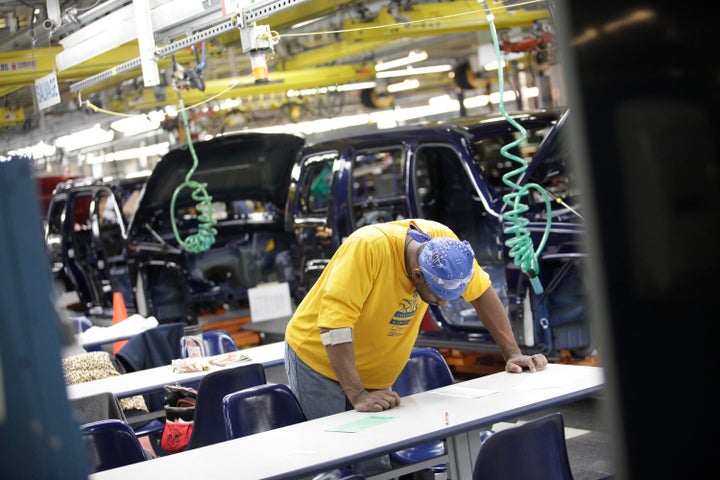
The labor force's share of income has plunged to its lowest level since the measure was first recorded.
The labor force's share of income -- or the percentage of national income -- fell to a nearly 60-year-low last quarter, according to data from the Federal Reserve bank of St. Louis. The share dropped to 57.1 percent, according to economist Nouriel Roubini, compared to an average of nearly 65 percent percent before the year 2000.
The low-level of national income that the labor force is taking home signals that though employers may be experiencing a growth in productivity, the rise in income is going towards company profits, not workers. The figures are just one measure indicating that income inequality is on the rise. The top one percent of earners saw their incomes grow by 275 percent between 1979 and 2009, according to the Congressional Budget Office, while the bottom fifth of earners experienced a 20 percent rise in income during the same period.
And though the economy is technically in recovery, that doesn't mean Americans' wallets are seeing a boost. The U.S. median income dropped in 2010 for the second year in a row to $26,364. Meanwhile, millionaires control nearly 40 percent of global wealth, according to an October report from Credit Suisse.
Overall, the U.S. median income has fallen more during the recovery than during the recession, according to an October study from two former Census Bureau officials.
But despite those falling wages, companies are squeezing all they can out of workers. Profits-per-employee rose in 2010 for the second year in a row, according to an October analysis from Sageworks. The report also indicated that corporate profits have been increasing without a corresponding boost in wages.
Workers don't expect to see conditions improve any time soon either. A full nine out of 10 American workers said they don't expect to get a salary increase next year that will be enough to cover the rising costs of food and fuel, a June American Pulse survey found.